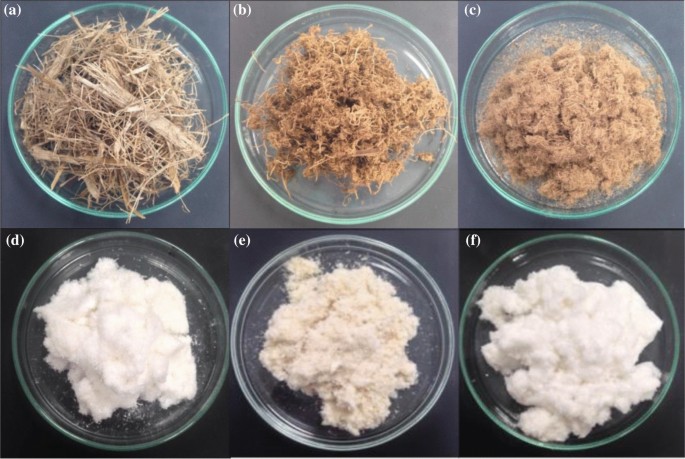The Journey of Sugarcane: From Harvest to Everyday Products
The journey of sugarcane is a diverse procedure that begins with precise growing and culminates in a selection of products that penetrate our everyday lives. As we check out the various aspects of sugarcane's trip, its function in sustainability and the wider ramifications for our atmosphere come right into sharper emphasis.
Farming of Sugarcane
The growing of sugarcane is an important agricultural procedure that calls for particular environmental conditions and management techniques. Optimal growth occurs in exotic and subtropical regions where temperature levels vary in between 20 ° C and 32 ° C. Adequate rains or watering is essential, as sugarcane flourishes in damp soil with well-drained problems (sugarcane product). Soil quality significantly affects yield; hence, farmers frequently perform dirt examinations to establish nutrient needs
This method assists in efficient collecting and makes the most of sunlight exposure. Crop turning and intercropping are recommended practices to boost soil fertility and reduce parasite infestations.
Fertilizing is an additional essential aspect, with potassium, nitrogen, and phosphorus being the main nutrients needed for ideal development. Timely application of these fertilizers can substantially improve sugar yields. Furthermore, checking for diseases and pests throughout the expanding period is imperative, as these aspects can detrimentally impact crop health and efficiency. Overall, successful sugarcane farming hinges on a mix of environmental stewardship, strategic planning, and recurring management methods.
Harvesting Strategies
Successful sugarcane cultivation finishes in the harvesting stage, which is pivotal for making the most of return and ensuring top quality. The timing of the harvest is critical; sugarcane is generally harvested when sucrose degrees peak, usually between 10 to 18 months after planting. This duration varies based upon climate, dirt kind, and sugarcane variety.
Collecting methods can be generally classified right into handbook and mechanical approaches. Hands-on harvesting is labor-intensive, relying upon experienced workers who make use of machetes to cut the stalks close to the ground. This method enables careful harvesting, where just the ripest walking canes are chosen, thus improving overall sugar web content.
Alternatively, mechanical harvesting has actually gained popularity as a result of its effectiveness and cost-effectiveness. Specialized harvesters outfitted with reducing blades and conveyor systems can process huge locations promptly, considerably decreasing labor costs. However, this technique might lead to the incorporation of immature walking sticks and a prospective decrease in sugar quality.

No matter the method employed, making sure that harvested walking sticks are carried swiftly to processing centers is important. Trigger managing minimizes spoilage and preserves the stability of the sugarcane, establishing the phase for optimal processing.
Handling Approaches
Handling sugarcane involves a number of vital actions that transform the harvested stalks into functional items, primarily sugar and molasses. The initial stage is washing the walking cane to remove dirt and particles, followed by the extraction of juice through squashing or milling. This process normally uses heavy rollers that damage the website link cane fibers to release the pleasant fluid included within.
When the juice is extracted, it undertakes explanation, where pollutants such as dirt particles and bagasse are eliminated. This is usually achieved by adding lime and heating the juice, enabling sedimentation. The clarified juice is then focused via dissipation, where water content is lowered, causing a thick syrup.

Inevitably, the processing of sugarcane not just creates sugar and molasses yet additionally prepares for different by-products, which will be discovered in succeeding conversations.
Products Derived From Sugarcane
Sugarcane is a functional plant that produces a broad array of items beyond simply sugar and molasses. Amongst the key byproducts are ethanol and biofuels, which have obtained prestige as renewable resource resources. Ethanol, produced through the fermentation of sugarcane juice, works as a different to fossil gas and is frequently combined with fuel to click over here develop cleaner-burning fuels, decreasing greenhouse gas discharges.
Additionally, sugarcane is a significant resource of bagasse, the coarse deposit remaining after juice extraction. Bagasse is used in different applications, including the manufacturing of paper, naturally degradable product packaging, and as a biomass gas for power generation. Its usage not just decreases waste yet also enhances the sustainability of sugarcane processing.
In addition, sugarcane-derived products prolong to the food sector, where it serves as an all-natural flavor agent and sugar in numerous culinary applications. In the realm of cosmetics, sugarcane extracts are incorporated right into skin care products as a result of their natural exfoliating properties.
Environmental Effect and Sustainability
The growing and processing of sugarcane have significant implications for ecological sustainability. This plant needs significant water resources, usually resulting in exhaustion of regional water supplies and influencing bordering ecological communities. Additionally, making use of fertilizers and chemicals in sugarcane farming can result in soil destruction and waterway contamination, posturing risks to biodiversity.

Lasting sugarcane farming also promotes soil health and wellness through plant rotation and decreased husbandry, improving carbon sequestration. The fostering of these practices not just sustains environmental stability however also boosts the strength of farming neighborhoods against environment change.
Final Thought
In summary, the trip of sugarcane includes different phases from growing to processing, eventually resulting in a wide array of products. The importance of sugarcane expands past mere sugar, adding to sustainable energy via ethanol manufacturing, lasting packaging through bagasse, and all-natural essences for cosmetics. This diverse plant plays a critical duty in both nutritional enrichment and environmental sustainability, highlighting its value in modern farming and industrial practices.
Effective sugarcane growing culminates in the gathering stage, which is crucial for optimizing yield and ensuring high official website quality. The timing of the harvest is crucial; sugarcane is normally gathered when sucrose levels optimal, usually in between 10 to 18 months after growing.Handling sugarcane includes several vital actions that transform the gathered stalks right into usable items, largely sugar and molasses.Sugarcane is a flexible plant that produces a vast selection of items past simply sugar and molasses. Furthermore, the usage of fertilizers and pesticides in sugarcane farming can result in soil degradation and river air pollution, posing risks to biodiversity.